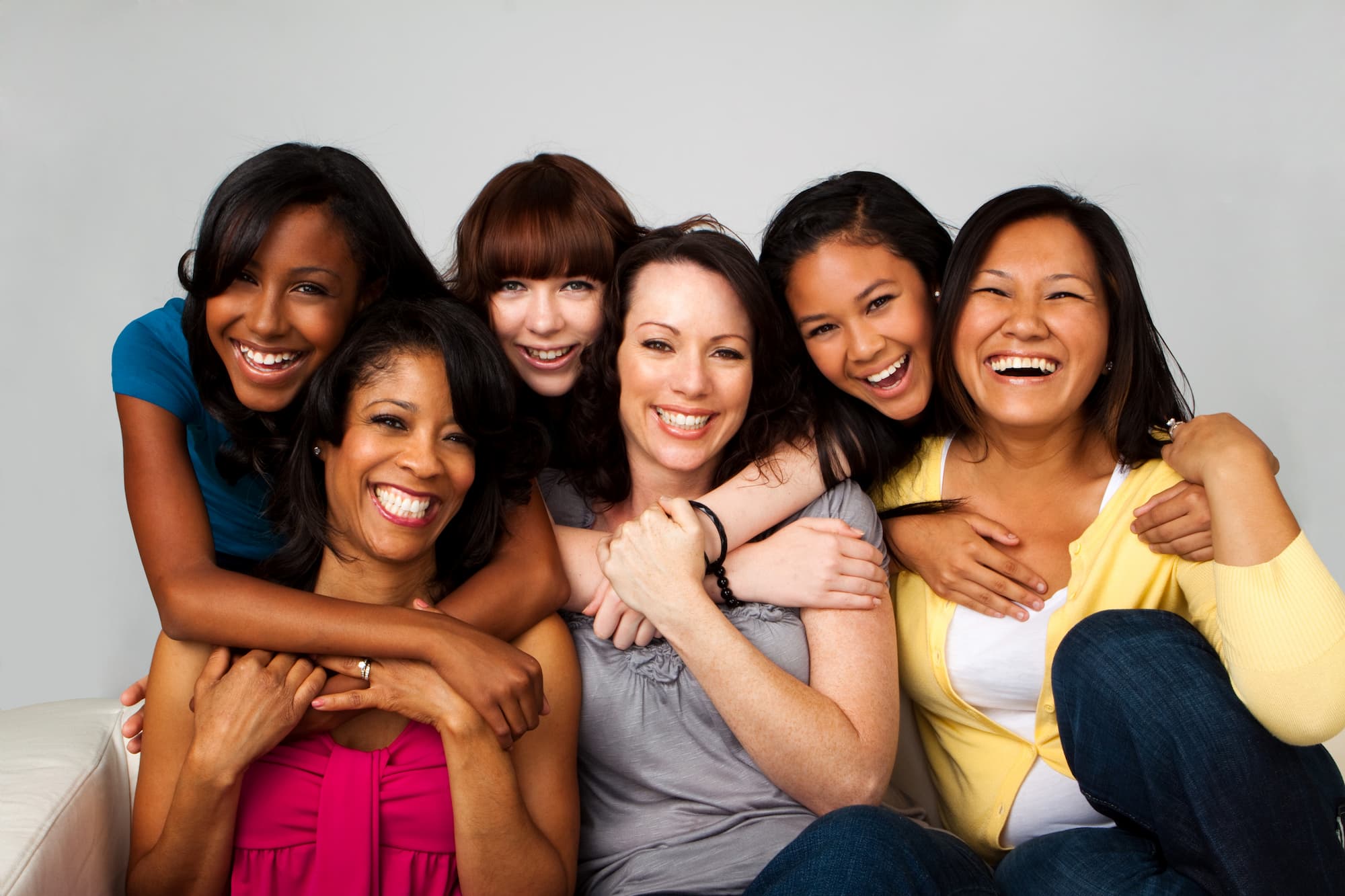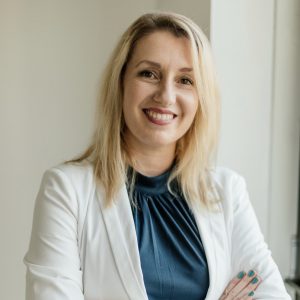
When we came over to my grandmother’s on Sundays, she used to make Sauerkraut dumplings, a traditional German dish, and bake my favorite Russian cake.
She would squeeze my cheeks and say: “My dear, remember: We are all one. And love is always the best choice.”
At the time I didn’t give it much thought and only much later, when she left us, I started asking questions and learned more about her story.
My grandmother was born in Landau. But not Landau in Germany, it was a village built by German ethnic communities in the Soviet Union. As I learned later, she was only 13 when German Nazis killed her mother in front of her eyes and she was deported to Siberia.
So, Siberia is where I was born.
Fast forward to 1990: The Soviet Union collapses and all ethnic Germans are invited to come back “home”. Although my grandmother never lived in actual Germany she is the first one to sign up. I am 9 years old when we move to a city called Saarbrucken, next to the French border.
They called it family reunification; yet, we live in camps, I am lost and confused about this new country and I am missing my friends. And there, again, my grandmother holds my hand says: “My dear, never forget that we are all one. And love is always the best choice.”
I am sharing this story with you because through the adversity and hardships, my grandmother chose to believe in humankind and was able to deconstruct mental walls building up inside of her. She is a great inspiration in my work today.
My intention, along sharing parts of my story, is to explore 3 practices with you to help you identify and deconstruct the walls within you and have a better experience of life.
As a life coach and facilitator, this is exactly what I help people with. I help them identify and deconstruct walls, perceived limitations and move into acceptance with who they are – at their essence.
So where do we begin?
The first step to remember when you genuinely want to identify blocks and deconstruct walls, is awareness.
Before deconstructing those walls within you, you need to bring them into the light. And what you will realize is that all your walls are built up in your mind. What you choose to think, you eventually become. Your thoughts create your feelings, which drive your actions, which lead you to the results in your life.
The circumstances of the world around you, the events, the people you meet, the conversations you have are completely neutral until you a story about them. Most of us intellectually understand this, but when it comes to practicing, we so often forget. Instead, we try to alter reality, manipulate the outcome and change people, so we can feel a certain way.
In short: We try to change the outside, rather than the inside.
One of my mental walls as a professional tennis player was the belief that Success equaled Happiness, and if I could only achieve the required results, I would feel and be happy. I was chasing the outside to fill the inside. And that, my friend, never works.
The second practice I want to offer is acceptance. Once you have identified the walls within you, it is not about changing them right away, but rather moving into acceptance. You need to pause and observe these walls with curiosity and detachment, like a scientist.
When did I build this wall? How did it come about? Why did I choose to see the world, or person or event this way? And most importantly does this belief serve me? Most of the time the wall is a protection mechanism from childhood that gets activated in your brain. In my case, it was about pleasing my parents and trying to fit in. I believed that my worth depended on my achievements. I must note that “accepting what is” can be one of the most powerful practices to develop.
It seems almost paradoxical to think of acceptance as a powerful action. Many people think that if they accept reality, they lose all their power to change it. But accepting the present moment exactly the way it is now, is where all our power lies. We move into acceptance by choosing what to think and feel consciously and deliberately. My life transformed once I was able to drop my story and move into acceptance of who I was.
Which brings me to the third practice I want to share: unconditional love. Here’s what I want to tell you: All of us really just want to be loved. This is a great reminder when you’re dealing with someone who is angry, highly critical, with someone who’s very upset. When you remember that they, too, just want to be accepted and loved, and that we are all interconnected and essentially from one source, everything changes.
Love is one of the best of emotions that most any of us can claim to have felt. And it is always the best option. Now, so many of us decide that we don’t want to feel it. We don’t want to feel love or acceptance towards someone. On purpose.
Now, I want you to just take a minute. In our relationships with ourselves and with each other, the feeling of love is always available to us. I believe this is what really makes the walls within really crumble. Why? Because it’s the closest emotion we have to our truest source. To our essence.
Today, every time I bake the Russian Zupfkuchen, I think of my grandmother and remind myself to pass this same message to my children:
Never forget that we are all one. And love is always the best choice.






